In recent years, customers have called for more inclusive advertising, made by and featuring people of all abilities, gender identities, body types, ages, ethnicities, and more. But recent research from Facebook IQ reveals that despite the fact that 71% of people expect brands to promote diversity and inclusion in their online advertising, underrepresentation remains a problem. In study after study, many customers have reaffirmed that they do not feel fully and accurately represented in advertising.
Commercial photographers can help make advertising more inclusive by listening to their models and celebrating the everyday experiences of people who represent diverse perspectives. Getting to know your models, and asking for their opinions and input, can help in creating stories that ring true and resonate with people, while also giving your models more power over how they are portrayed and represented.
When uploading photos to your Licensing portfolio, you have the opportunity to add keywords that express your models’ unique identities and champion their voices. At the same time, these keywords can make it easier for buyers to find inclusive visuals to represent their real-life customers. Here are just a few questions to ask when brainstorming what terminology to use with your model.
What are some important aspects of your identity?
This question is a good place to start because it’s broad and open, and it can also help you in the planning and direction process. If, for instance, your model says she’s an avid surfer, you could choose to capture candid portraits at the beach rather than in a traditional studio setting.
If your model is a vegan home chef, you might set up a session in his kitchen. If she is passionate about her culture, perhaps you schedule the shoot to coincide with an important holiday or event, and use that opportunity to highlight local traditions. If your model shares with you that he is a mental health advocate, maybe you can partner with him to create a more representative depiction of mental health in 2021.
Taking time to get to know your models will help you to capture what’s special about them from an intersectional perspective, combining their interests to create a more nuanced portrait of who they are.
My pronouns are [insert your pronouns here]. How about you?
Gender identity is a complex and sensitive topic, and you can’t know someone’s gender just by looking at them. Before asking your model about their gender pronouns, check your model release, as most will have this information listed.
You can also find pronouns listed on many social media accounts, email signatures, and more without ever having to ask. Listen first to see what pronouns other people use when referring to someone. If you do inquire about someone’s gender identity, share your pronouns first (for reference, see GLAAD’s guidelines for doing this).
Different people also use different terminology to describe their gender identities; while one model might prefer non-binary, for example, another might choose two-spirit. Whatever the case may be, use (and tag) the term your model uses themselves, rather than one of your choosing. Respect their language and their wishes. Photos with incorrect keywords don’t just limit your sales potential; they also spread harmful misinformation.
What features would you like to highlight during our session?
Consider inviting your models to bring reference photos they love to show you how they’d like to be portrayed, and ask them about their favorite angles and features.
The body-positivity and skin-positivity movements are also changing the world of advertising, so if there’s a birthmark that makes him unique or a stretch mark that reminds her of how proud she is to be a mom, maybe you include those details. If certain hairstyles or makeup looks are an important piece of your model’s identity, celebrate them. You can also show your model the photos after your shoot and ask her to select her favorites as part of your edit.
What stories do you feel are currently underrepresented in advertising?
This question opens the floor for more collaboration between yourself and your model by inviting their suggestions. For example, maybe your model is a woman who wishes she saw more postpartum bodies in advertising, or perhaps they’re non-binary and wish there were more diverse depictions of gender identity in the media.
Your model could be a dad who wishes he saw more tender representations of fatherhood in commercials or a social justice advocate who wants to see more photos that champion solidarity. You won’t know these things unless you ask, so let your models know you value their voices.
For purposes of keywording, could you tell me what terminology you use to describe your ethnicity?
This information will already be listed on most model release forms, so refer to that first whenever possible. Also, try to get to know your model and see if they share this information themselves without being asked. Do as much research as you can on your own before asking.
If you do ask, remember to approach this question with sensitivity and care, and clarify that the answer will be used for descriptive purposes only to ensure accurate keywording. When posed respectfully, this question can help give the model agency and power over how they’re represented, without anyone assigning keywords based on assumptions. Individual people have different preferences, and identity can be complex, nuanced, and deeply personal.
Consider, for instance, that while some people might identify with the word Indigenous, others might use a more specific term to describe themselves, such as Wixaritari in Mexico or Inuit in Canada. Similarly, people remain divided over terms like Latinx; although the term has been embraced by many for being inclusive, research suggests that just 3% of U.S. adults who self-identify as Hispanic or Latino use it to describe themselves. Many identify instead with specific terms like Mexican, Salvadoran, or Cuban.
Words carry weight, so it’s important to get them right. One model might prefer a certain term, and another model might choose a different one. Language can also change, and terms can become outdated over time. By taking the time to listen and learn how people self-identify, you can get more specific and accurate with your keywords, while helping buyers to find more inclusive photography that represents their customers authentically.
What feelings do you want to embody while being photographed?
So far, most of these questions will help you brainstorm literal keywords (e.g., woman, surfing, freckles), but conceptual keywords—those that define the ideas or emotions behind a photo—are just as important to accurately capturing someone’s identity.
Ask your model to think of some adjectives they want to illustrate on camera (e.g., proud, confident, joyful) as well as a few nouns (e.g., self-love, mindfulness, strength). After photoshoots, you can also go back and ask your models what they were feeling when they made a specific expression or gesture. The more specific you can get, the better.
What feelings and thoughts do you hope to inspire in others?
This is another question you can use to generate conceptual keywords that capture the feeling or intent behind your session. In addition to listing phrases that describe the emotions your model wants to evoke, you can incorporate details that are meaningful to them personally.
For instance, if your model is passionate about the environment and brought a reusable water bottle to your shoot on a hiking trail, perhaps she’d like to add terms like “eco-friendly lifestyle” or “sustainability.” Similarly, if your model advocates for self-acceptance, perhaps she’ll include terms like “body positivity” or “inclusivity.”
Like all the questions in this listicle, this one is designed to give your models a sense of authorship and authority over how they’re represented and seen. The more you learn to listen, the more authentic your photographs will be, so approach your shoots in the spirit of collaboration and teamwork.
Not on 500px yet? Click here to learn about Licensing with 500px.

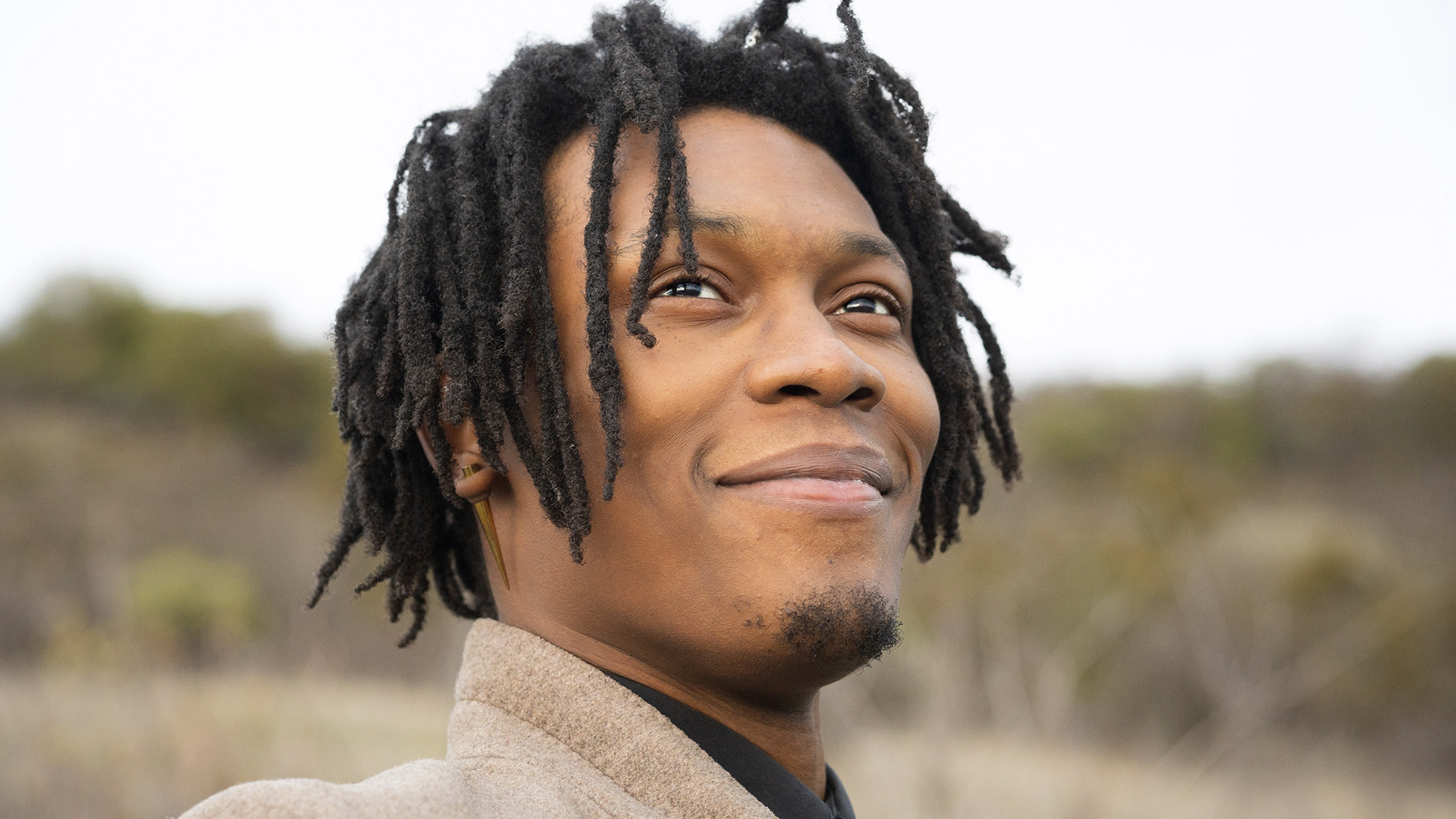
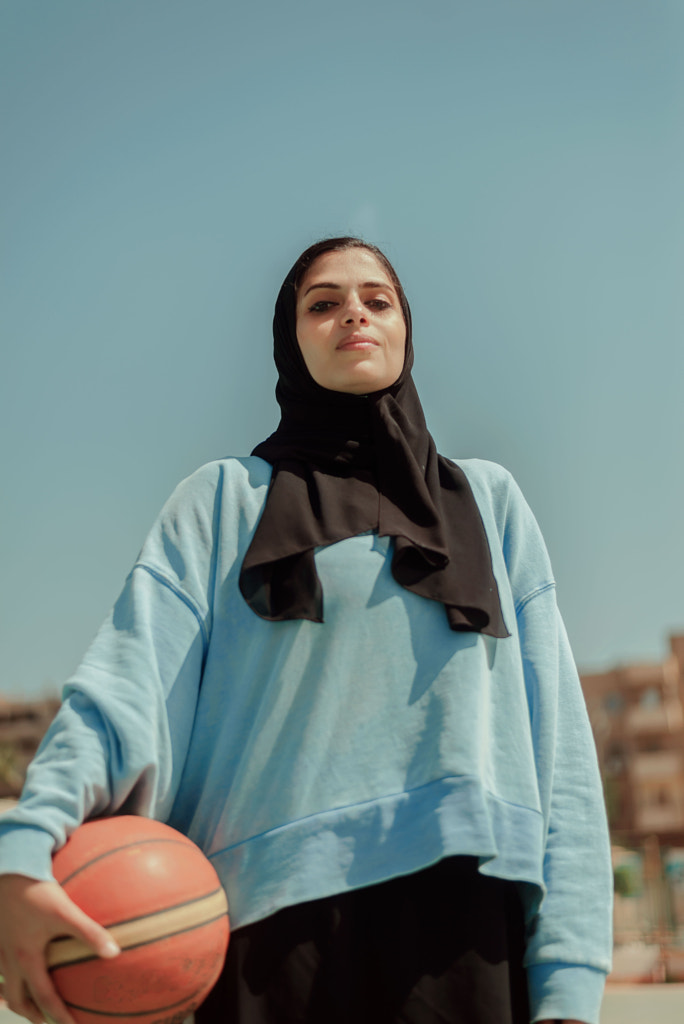
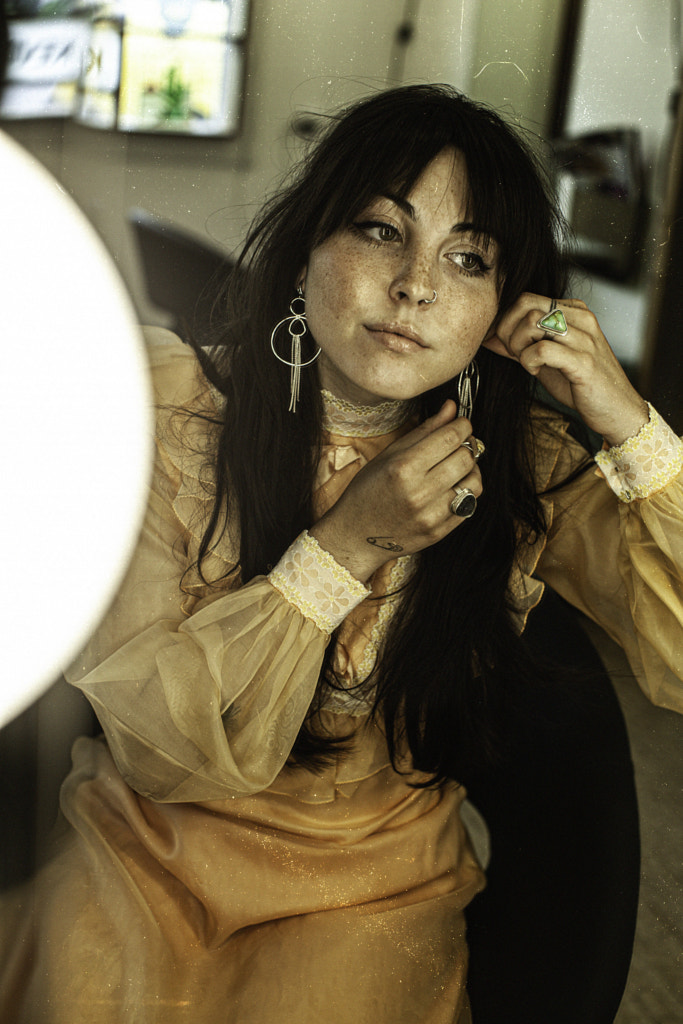
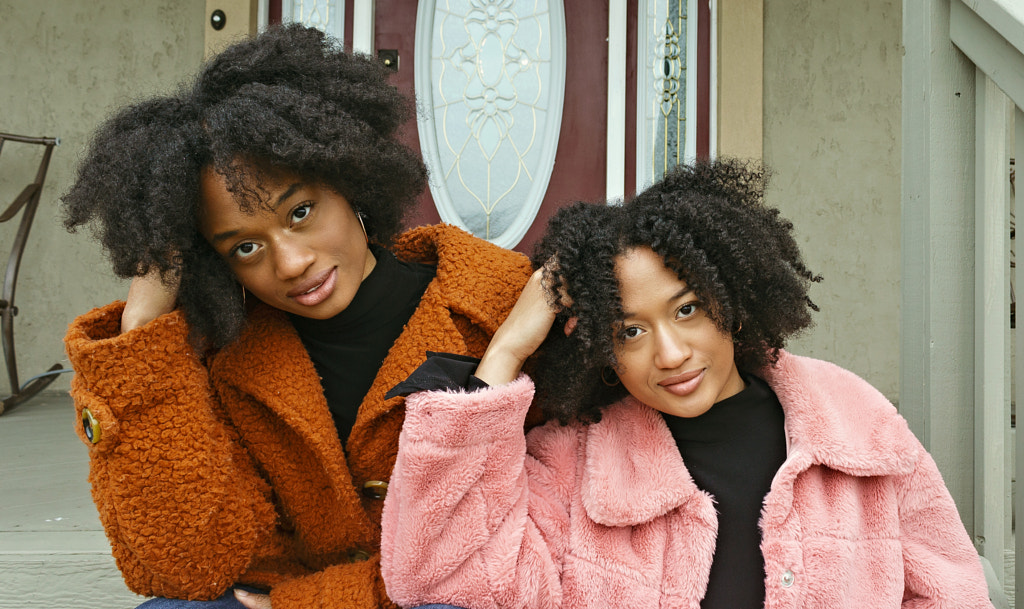
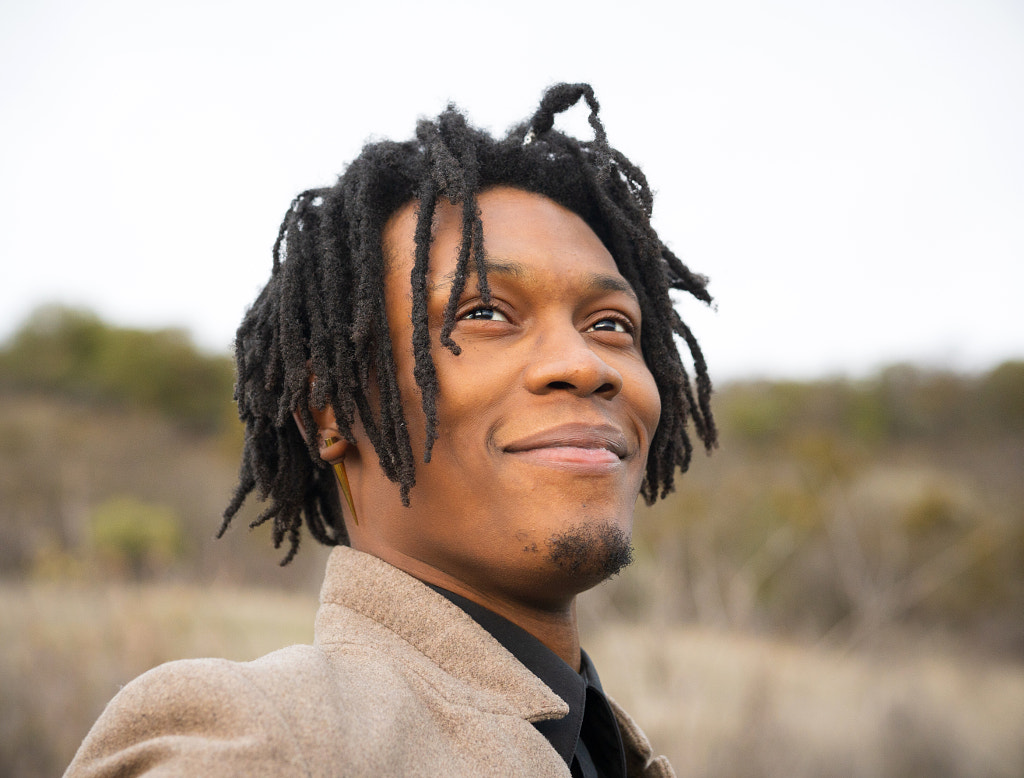
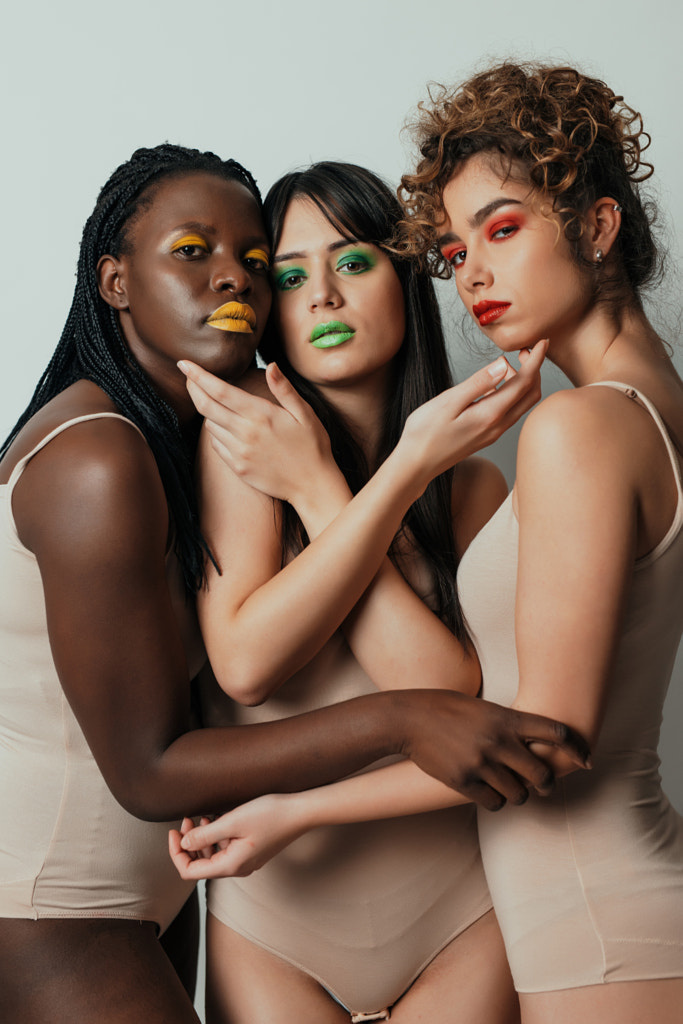

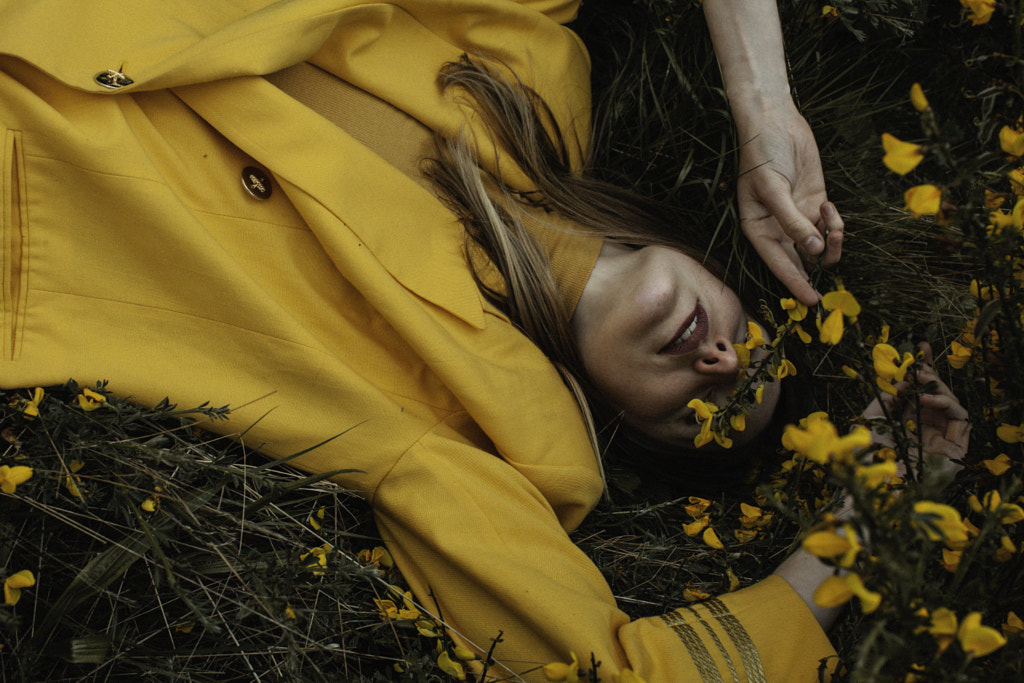
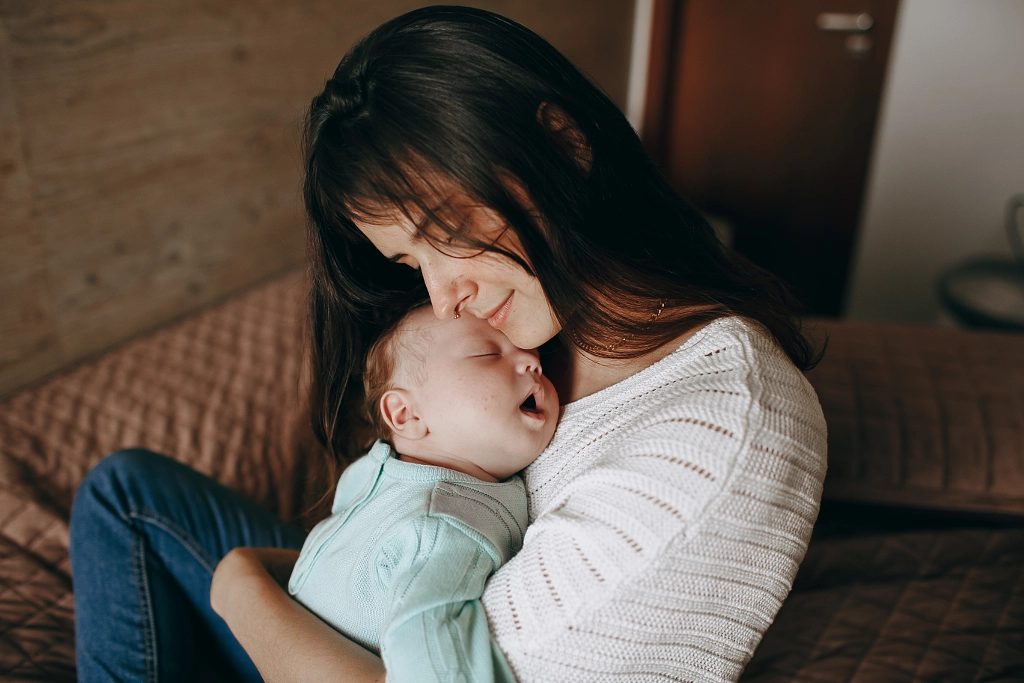
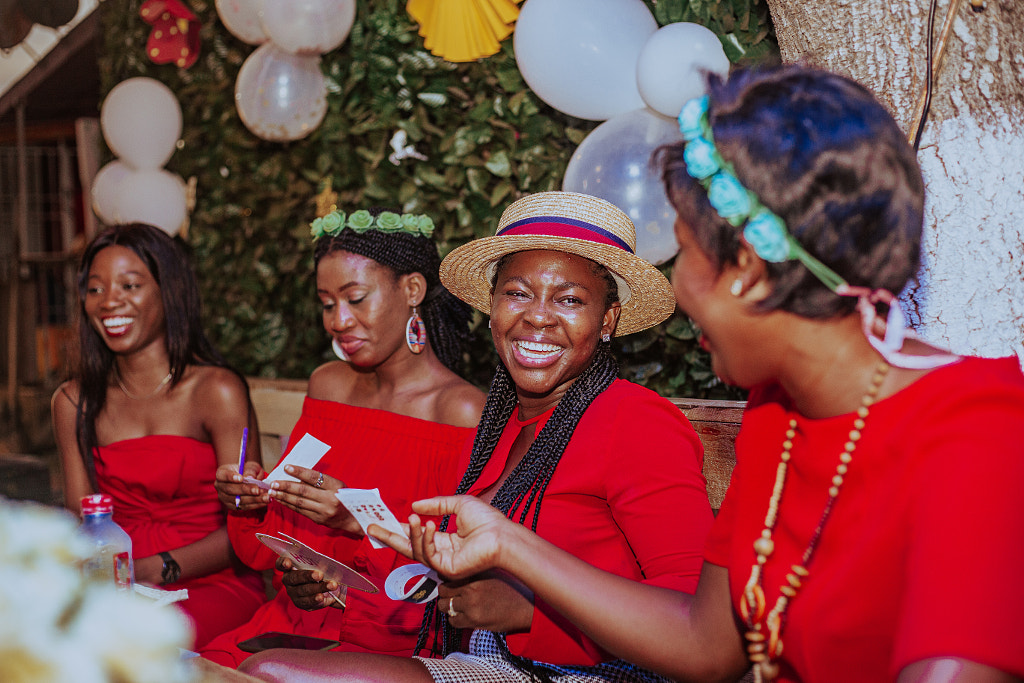
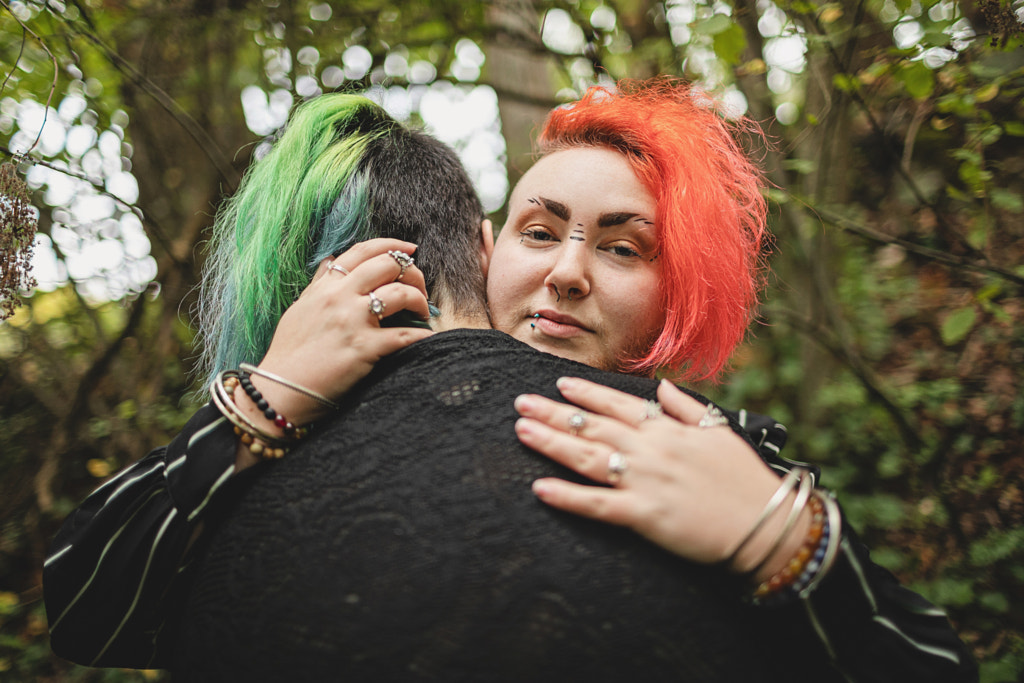
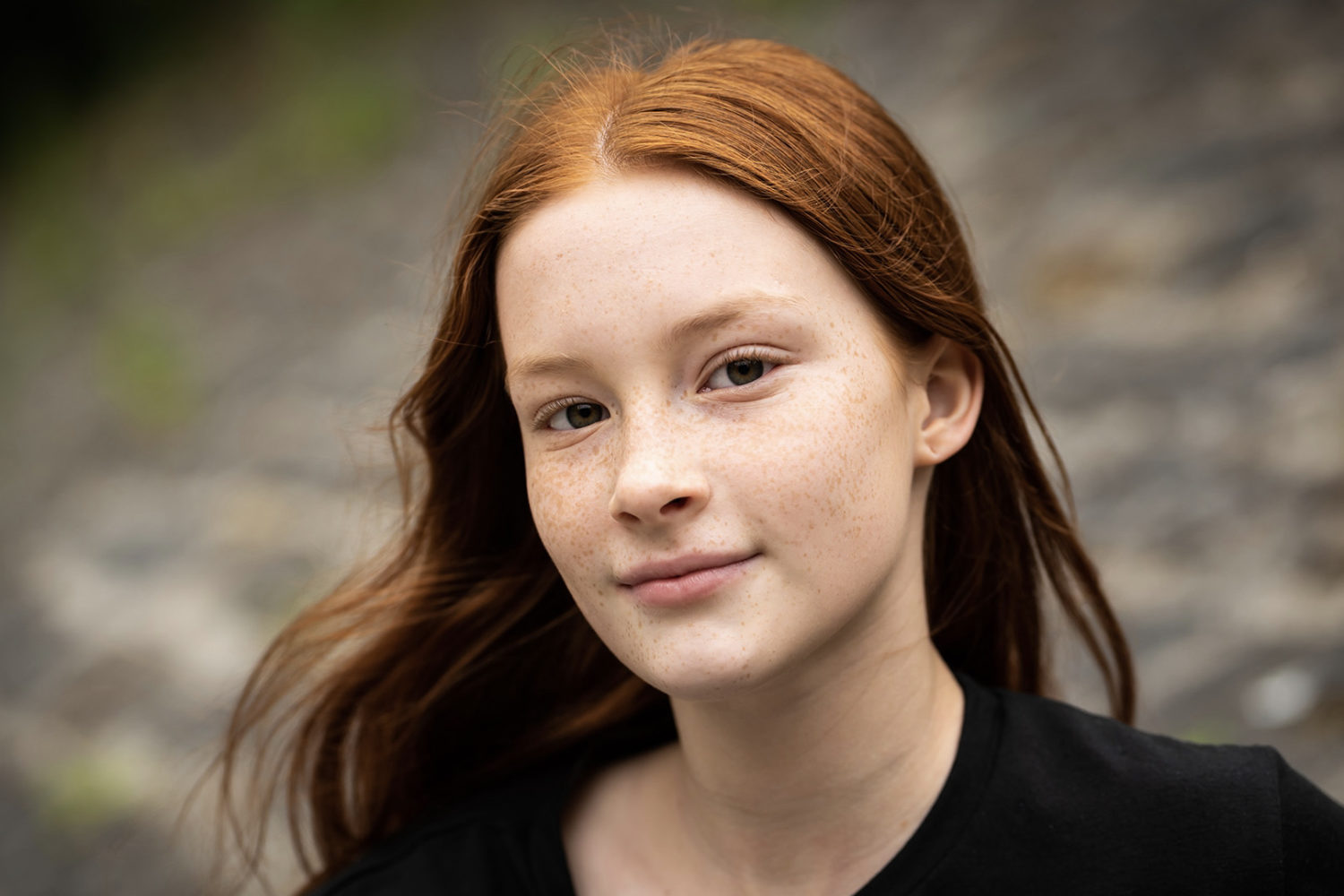



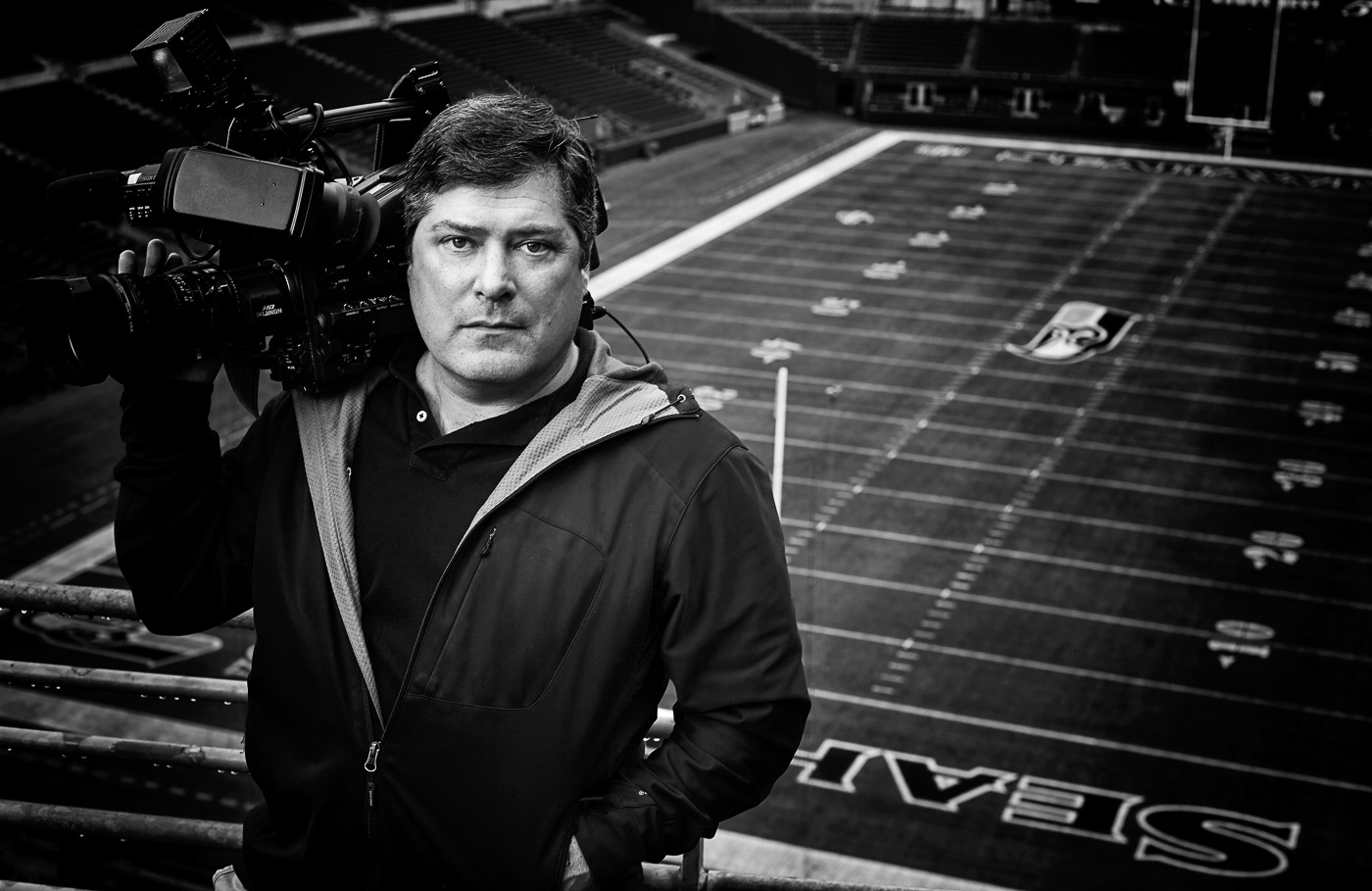
Leave a reply